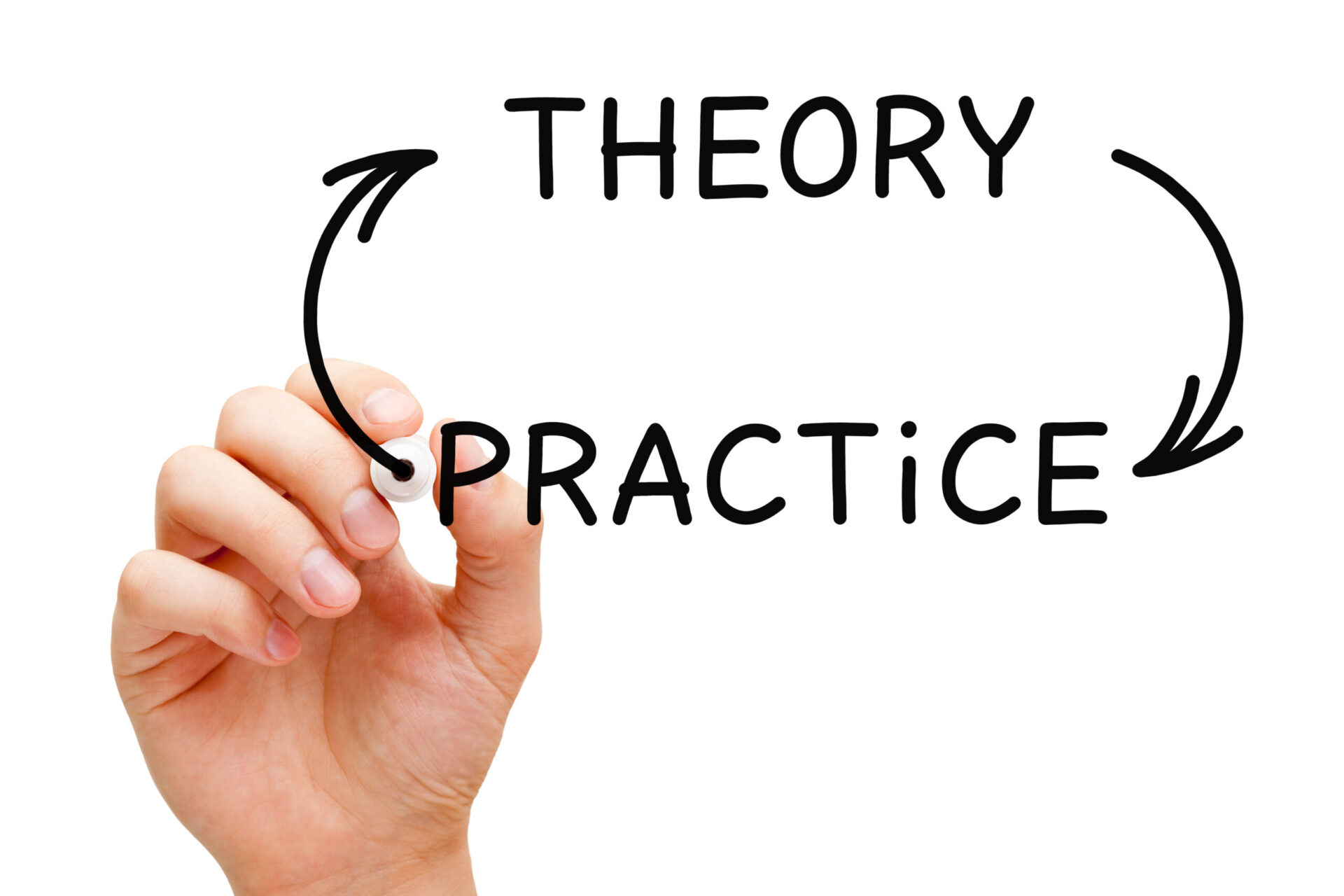Leaders don’t always need to learn about leadership, sometimes they need to learn about themselves

Transformational learning isn’t just the latest fad (it’s actually been around for over two decades), it is vital for leaders who have perhaps done several leadership development programmes, and actually know a lot about how to lead in complexity and ambiguity, but still haven’t quite got the hang of doing it in practice. What many leaders need is a way to develop a wider perspective, more comfort with ambiguity, a greater tolerance for risk-taking and a more self-aware, curious and robust self-esteem.
The theory of transformational learning

The theory of transformational learning, originally written about by Jack Mezirow, has had some criticism levelled at his approach in that it is seen as too cognitive. Real transformations do involve making big shifts in mental perspective; seeing things in a qualitatively differently way. However, in most cases there is also a personal emotional shift too. When we look at the world differently, we look at ourselves differently too. What we may have always held to be true, some beliefs and assumptions, can be called into question and that can be challenging. Mezirow talked about ‘disorienting dilemmas’, those realizations that if X is true, then Y can’t be, and someone may have based their whole sense of identity as a leader on Y being true. A typical example is when managers move from managing others to managing managers: They are no longer directly responsible for doing the work, they are no longer even responsible for others who do the work, they are ultimately responsible for how others are managing. Now this might make perfect sense intellectually, but if your self-esteem is still, subconsciously at least, bound up in the exercise of your knowledge, skill and expertise, then this creates a tension. Most leaders’ solution is to ‘keep their hand in’ and overwork, not really being able to let go of that thing which gives them a sense of accomplishment. This is also why, in my experience there are lots of leaders who suffer from imposter syndrome.
So, the shift that is required is not purely an intellectual one. This might be to understand that we may need to find other ways to feel good about ourselves or recognize that to develop the resilience of an independent sense of self-esteem takes more than just the accumulation of new information.
What does this mean for leadership development?
Before you begin a development programme it is important to take stock of where you have come from as well as where you are heading. The context in which you lead will most often shape what is needed of you as a leader, what challenges your team or organisation are facing. However, it is vital to look at what has shaped you as a leader too. This might be getting a clear sense of what your strengths and weaknesses might be perhaps through 360 or psychometrics. However, if this can be combined with a step back and an examination of the ground you stand on as a leader, what beliefs and values you are bringing into the role, then you can start to recognize the unique lens through which you are looking at yourself as a leader.

New information, novel approaches or the latest thinking may provide the challenge that is needed to spark a shift in perspective, though, on its own, it is rarely enough. This is where the supportive and challenging facilitation comes into its own. In my experience what can happen is that a group of leaders may intellectually grasp an idea, but still struggle to imagine themselves putting something into practice. A common example is the work we do around resilience. The model we use is simple and focuses around developing habits of resilience such as using your support network, looking after ourselves physically etc. Most of it, people already know, but don’t do, or don’t do consistently enough. When challenged to dig into what is behind that knowing/doing gap, what might come out is a long-established belief. For example, it may be a belief that as a leader you must look after everyone else’s needs before you look after your own, or it is somehow a sign of weakness to say no or no not yet. This is starting to get into the territory of a disorienting dilemma. Leaders commonly have a struggle with something like this, that they know they need to behave differently, but it brings them up against something that has a real emotional charge for them.
This is where peer to peer learning is such a valuable resource. Especially when leaders come to together and realize that they are not the only ones struggling with some of these dilemmas, just hearing that you are not alone, that you are not the only who hasn’t worked this stuff out yet can be hugely supportive. This social support is by no means the only value of peer learning. Quite often just hearing different perspectives can support the unlocking process and can offer real insight. We actively include some structures that enhance these conversations such as the discipline of action learning and offering ‘questioning insight’. Peer learning isn’t just about offering support and a sense of collective experience. By first role modelling and then facilitating the skills of critical reflection in a group of leaders we build a skill set that can be used in a variety of other situations too.
The skills of critical reflection are crucial when leading in complexity as well as when embarking on some of the significant shifts in perception already mentioned. In our rapid and pressured world, it can be very easy to jump straight from ‘what?’ to ‘now what?’ whilst missing out the crucial intermediate step of ‘so what?’ These questions are borrowed from the adaptive action cycle that Glenda Eoyang uses in her Human Systems Dynamics work. This leap from problem to solution can get us into trouble if we don’t learn to pause, take a breath and ask what it all means.
Leadership is learning
Leaders are often hungry for a solution to their myriad problems; the tool or technique that will make all the difference. However, real transformational learning usually requires some significant revision of a number of aspects of how a leader thinks and behaves. An example here might the knowledge that most of what leadership is about these days is managing the tensions, influencing various stakeholders and navigating their way through an ever-changing landscape. Knowing this is all very well and good, but if a leader doesn’t stand back and ask themselves what that means for them and their team then real change is unlikely. An example of a shift in perspective might be, as a leader, you have to let go of certainty and deal productively with the anxiety that likely produces in you or your team; it might mean that a belief around politics might need to shift if you are going to influence some key stakeholders; it might mean that a different way of living your values and acting with integrity whilst still engaging with others who may have different agendas needs to be found.

All of this needs to be tried out, experimented with and an on-going curiosity and openness to learning cultivated. At the end of the day if it’s not going to be put into practice then what’s the point? That doesn’t mean to say you will get it right first time or that when you have begun embedding then all the above stages don’t apply anymore. Learning is an iterative process; connecting in with peers, getting support and challenge, learning from others’ perspectives, getting those poky questions that may prompt a disorienting dilemma, they all need to become part and parcel of how a leader is on an ongoing basis. Leadership is learning.





